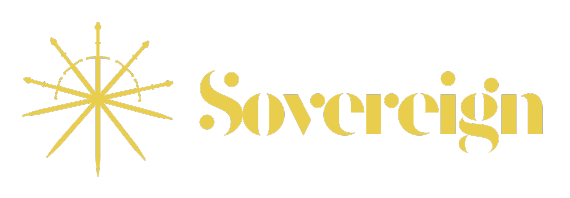NJ SEO Agency » Blog » On-Page SEO Checklist 2024: Blueprint for Improved Rankings
This on-page SEO checklist is your ultimate companion for optimizing your web pages to rank higher on the search engines. On-page SEO involves refining individual page content through various activities.
In this guide, we’ll dive into a comprehensive checklist of essential on-page SEO elements for 2024. You can complete these tasks in any order which will help your content follow best practices for the search results, enhance user engagement, and optimize for target keywords. Whether you’re new to SEO or looking to refine your strategies, implementing these steps will help you boost your website’s visibility and organic traffic.
On-page SEO also known as on-site SEO is an important aspect of optimizing your website to rank higher in search engine results and attract more relevant traffic. It involves a comprehensive approach and helps the search engine understand what your website’s content is about.
By focusing on on-page optimization elements such as high-quality content, title tags, meta descriptions, header tags, keyword density, and more, you ensure that your website follows best practices recommended by search engines.
Google’s algorithm prioritizes three main factors:
On-page SEO: This focuses on elements on a website that help search engines crawl and index your pages.
Off-page SEO: involves the efforts outside of your website to improve overall visibility, such as social media engagement, backlinks, and citations.
Technical SEO: Focuses on the website’s technical aspects to improve search rankings. This covers structured data, optimizing site speed, ensuring mobile-friendliness, and more.
On-page SEO plays a critical role in boosting your website’s ranking on search engine results pages by optimizing specific elements within your web pages. By focusing on on-page optimization elements and following our SEO on-page steps, you can significantly improve your site’s visibility and organic traffic. Here’s why on-page SEO is vital for achieving higher rankings:
Relevance and Quality: On-page SEO ensures that your web pages are relevant to the target keywords you want to rank for. By optimizing key elements such as title tags, meta descriptions, content structure, and more. You signal to search engines the relevance and quality of your content.
Improve User Experience: By following best practices for your on-page SEO strategy, such as implementing internal links, high-quality content, and meta tags. It makes it easier for your visitors to navigate and engage in longer sessions for your web pages. The longer they stay and interact with your website pages, the lower the bounce rate and the higher the dwell time. Which are ranking factors.
Crawlability and Indexability: By properly optimizing on-page SEO elements, it helps search engines effectively crawl and index your pages. If your pages aren’t indexed, they won’t be able to appear in search engines and rank.
Now after understanding what is On-Page SEO, it’s time to start following these SEO on-page steps:
Finding relevant keywords that you are targeting within your content is the foundation of any SEO strategy. After all, the goal is to rank higher for keywords your target audience would be searching for to get more qualified leads.
Performing in-depth keyword research would help you find the search queries or phrases people would search for to find you. Tools you can use are Ahrefs, Semrush, or even keyword planner. These can provide insights on KD (Keyword Difficulty), MSV (Monthly Search Volume), and Search Intent.
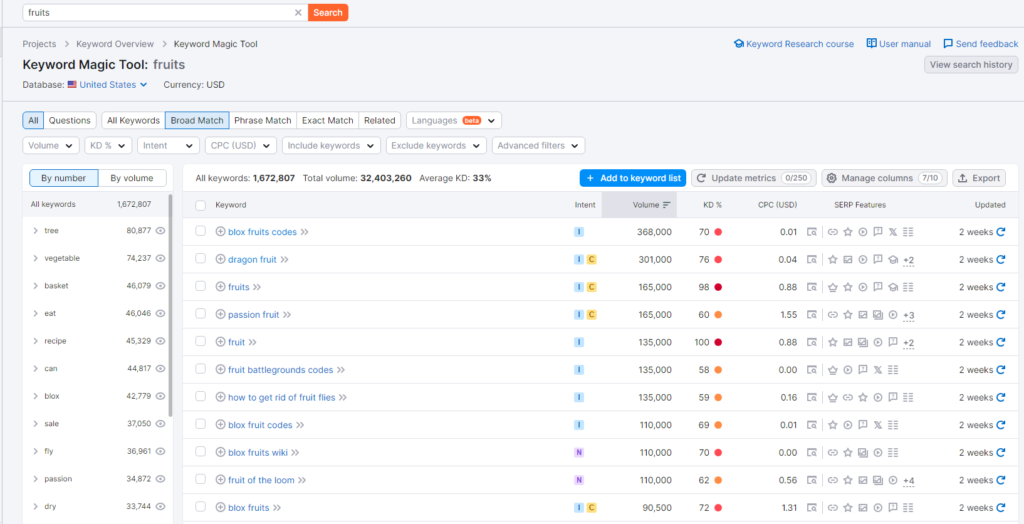
It’s important to identify the search intent and what part of the user’s journey you are writing for. This will help you dictate how you will use your keywords when creating your content.
So what is the user’s journey? This can be split up into three groups ToFu, MoFu, and BoFu:
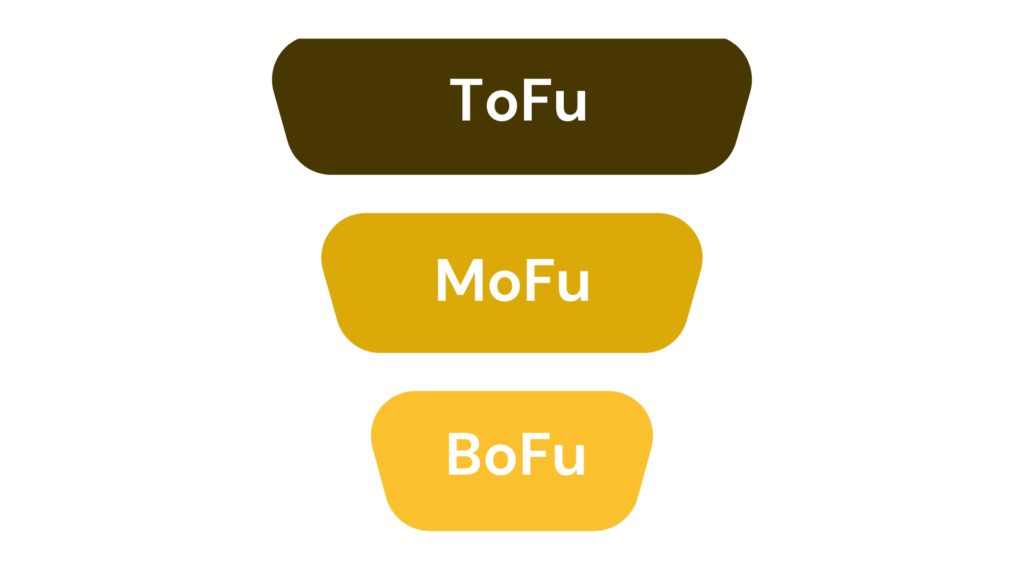
ToFu (Top Of The Funnel): Top of the funnel refers to the initial stage of a user’s journey, where the main goal is to raise awareness and attract a broader audience. In this phase, this showcases their problems or needs with a solution. So think of blogs that target long-tail keywords that try to establish a relationship with potential customers, setting the stage for further engagement of the marketing funnel.
MoFu (Middle Of The Funnel): Mid of the funnel focuses on consideration of the user’s journey, where the main goal is to provide solutions to their problems. Creating content such as a service or product pages that showcases a portfolio will help build trust for further engagement of the marketing funnel.
BoFu (Bottom Of The Funnel): Bottom of the funnel is the decision stage of the user’s journey, where customers want to make a purchase. This stage demands targeted content such as product demos, comparison tools, product or pricing pages, contact pages, & more.
Your title tags are one of the most important on-page optimization elements. It can be written as <title>Example</title>
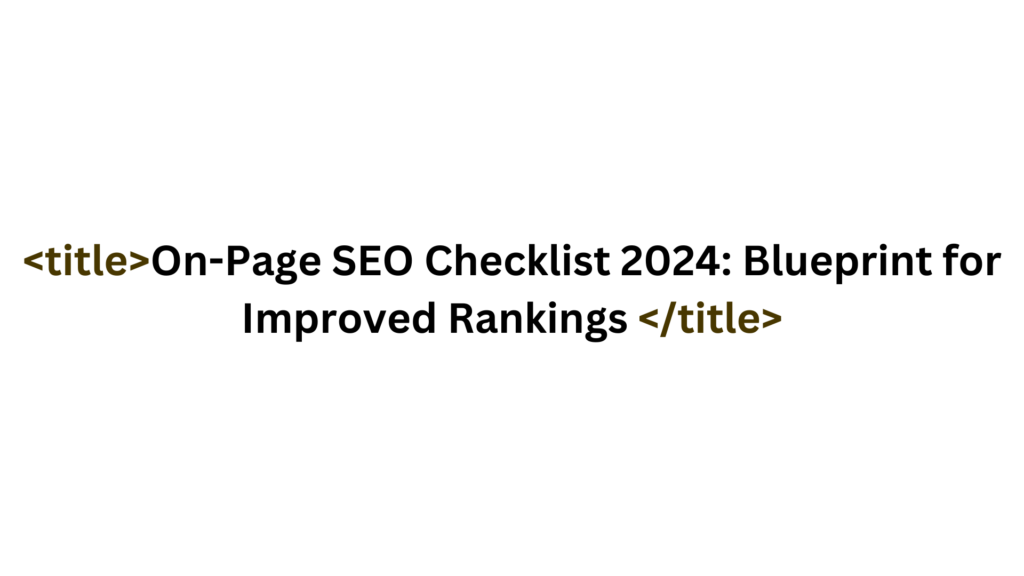
To help both your visitors and search engines understand what your page is about. Your page title must reflect the content you are writing about accurately. Optimizing title tags is important, this is done by integrating your focus keyword within your page title as naturally as possible.
The title tag of a page is what is shown within the search engine rankings:

Meta descriptions are a short description that describes what your page is about that are shown within the search results. It’s not a ranking factor, although they help with CTR (Click-Through Rate).

Meta descriptions, when shared on social media through schema markup, can bolster click-through rates from those platforms as well. When writing your meta descriptions make sure it includes your primary keyword.
When creating your new page, make sure your URL structure provides the target keyword. This will help both users and search engines understand what the content entails.
For example, you own a solar company that has a blog post on whether solar panels are worth it in Pennsylvania. The target keyword for the page would be “are solar panels worth it in Pennsylvania” we would include it within the website URL. So it would look like this: https://ethicalenergysolar.com/blog/are-solar-panels-worth-it-in-pennsylvania/
Here is an extra tip for the On-Page SEO Checklist when it comes to URL’s:
Keep the website URL short.
Remove any unnecessary words within the URL structure.
Opt-in for HTTPS since it’s now a ranking factor.
When writing your content, an important fundamental is having a proper structure for your header tags. Header tags range from H1 to H6.
Your H1 should be the main title of your page. The main title isn’t shown within the search results since your title tag would show that. Your page title does not appear in the search results because it is displayed through your title tag.
Headers such as H2’s and H3’s should be used to break down your content into digestible sections. Each with its subtopics to go into further detail within the subject itself. This is not only following best on-page SEO practices but also improves readability.
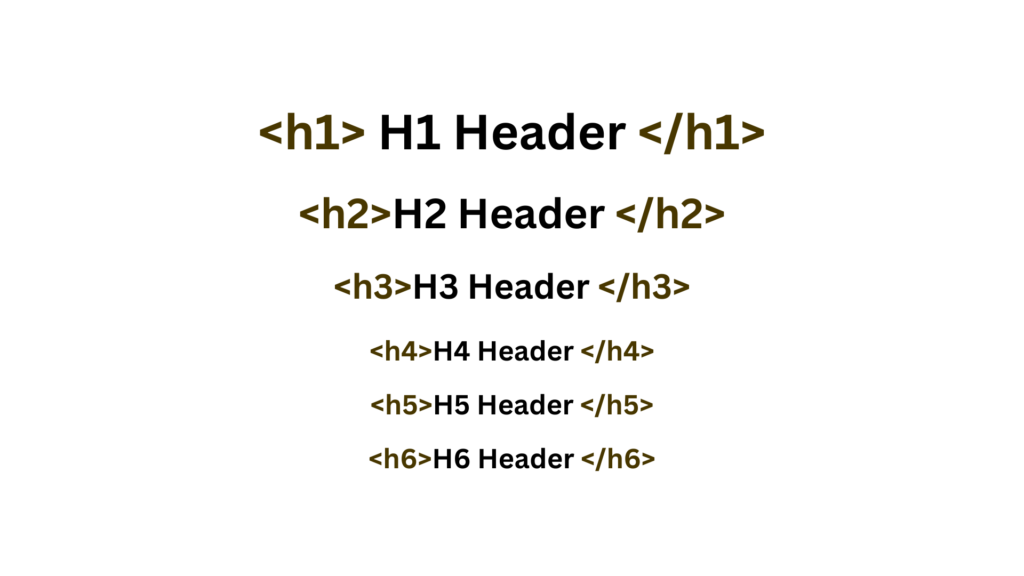
Search engines utilize these tags to understand the structure and relevance of your content, which can positively impact your page’s ranking. It’s important as well to include your target keywords within these headers for keyword optimization.
When writing your content, it’s important to have the right amount of density for your target keywords. This can significantly enhance your on-page SEO effectiveness. The goal is to incorporate your primary keyword and secondary keywords as naturally as possible throughout the text.
This is why identifying your target keywords through keyword research is an important step before creating your content.
It’s important to note that although having a good amount of keyword density is important, it’s equally important to avoid keyword stuffing. This means adding keywords to your content that don’t fit naturally and are implemented just for the sake of the search engines. This only diminishes the quality of your content but can also lead to a manual penalty.
Overall, the same keyword should be integrated throughout the page’s content itself, page title, meta description, title tag, and even alt text to improve relevance and provide good SEO signals.
Incorporating images within your content not only improves readability and user experience but also allows you to rank within Google image search. It’s important to describe what your image is about. This is where adding image alt text can provide context to the search engines.
An alt text serves as a concise description of an image. Adding relevant keywords to your image alt text within the content can help improve overall visibility and increase rankings.
When uploading images, it’s important to be aware of the file size of the image. Large image files can affect the website’s page speed. Image optimization is an important step when it comes to technical SEO. This helps improve user experience and is also a ranking factor.
Improve user experience and help search engines discover your page with internal links within your website. Internal links are links within the pages of your website.
It’s important to have an optimized anchor text when internal linking. This can give context to the page you are referring to which would help search engine crawlers understand.
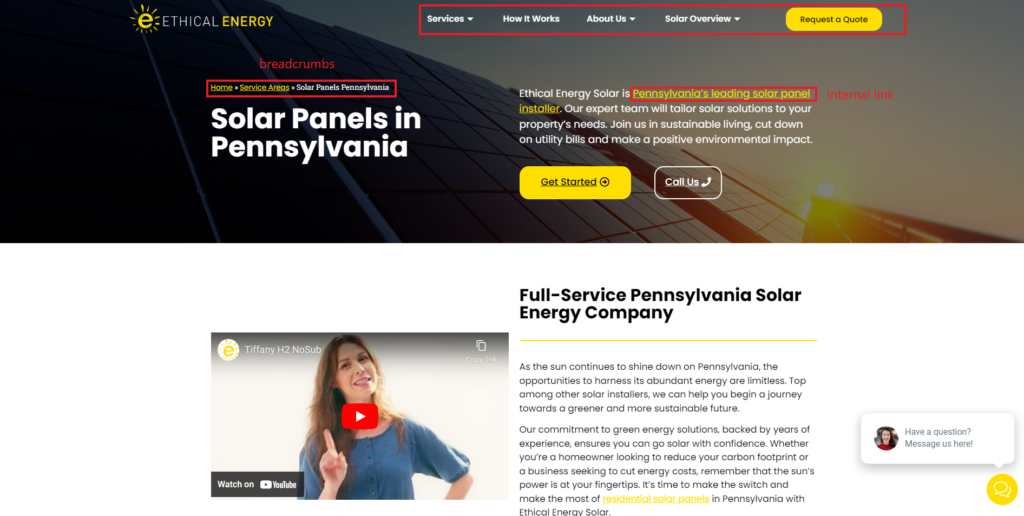
To incorporate internal links into your content effectively, follow these SEO on-page steps:
SEO Optimized Anchor Text: Choose the clickable text for your internal link carefully, ensuring it is descriptive and directly relates to the content of the page you’re linking. The anchor text should provide a clear indication of what the reader can expect upon clicking the link.
Choose The Target Page: Pinpoint the exact page within your website that aligns with the context of your current content and offers further value or insights to your readers. Opt for pages that enhance understanding or provide complementary information.
Strategically Place Links Within Your Page: Strive to include a balanced amount of links on each page, focusing on their relevance and contribution to enhancing the user experience. Be cautious of over-linking, which can detract from the content’s value and may be perceived as spam.
Adding external links to your page might seem contradictory, especially after emphasizing the significance of internal links in our on-page SEO checklist. External links to reputable and credible websites can help support your content.
By linking externally to authoritative websites, you give SEO signals to search engines that your page is also reputable and trustworthy. It’s not just about what Google prefers; your audience values this also.
Structured data, also known as schema markup is a code that “informs” google about various types of information within your content. This can help Google comprehensively understand the content of your page more precisely and position it within Google rankings.
Take for example an aggregate rating schema, which allows businesses to showcase their overall reviews directly into the SERPs. This not only draws more attention, but showcases trust within their services/products. Which will in-return increase CTR.

There’s a saying that ‘content is king’ which still holds true in 2024. When reviewing the quality of your content, it’s important to see if it aligns with the search intent on the specific keyword you are targeting. This is a pivotal step in your on-page SEO checklist, to enhance user experience and signal more value and relevance.
For businesses looking to refine their content strategy, investing in professional content marketing services can be a game-changer. Such services specialize in creating high-quality, SEO-optimized content that resonates with both search engines and readers, propelling your site toward improved rankings.
When you create content, it’s wise you compare your content with your competitors. This comparison should go beyond just topical similarities and should focus on on-page elements such as keyword usage, meta descriptions, title tags, and structured data implementation.
With an in-depth analysis of these components, you can identify opportunities to optimize the content that was missing. This can also give you a chance to rank for featured snippets in the search results that can give you a significant boost to your website pages visibility.
Once you finalize your on-page SEO plans, using the on-page SEO checklist can help in getting top ranking pages. SEO is not a one time thing and is a process that requires constant refinement.
Benefit from a partnership with us here at Sovereign to improve your on-page SEO strategy and improve your website’s overall traffic and conversions. By leveraging the insights and expertise of SEO professionals, you can refine and implement an on-page SEO checklist tailored to the unique needs of your website.
